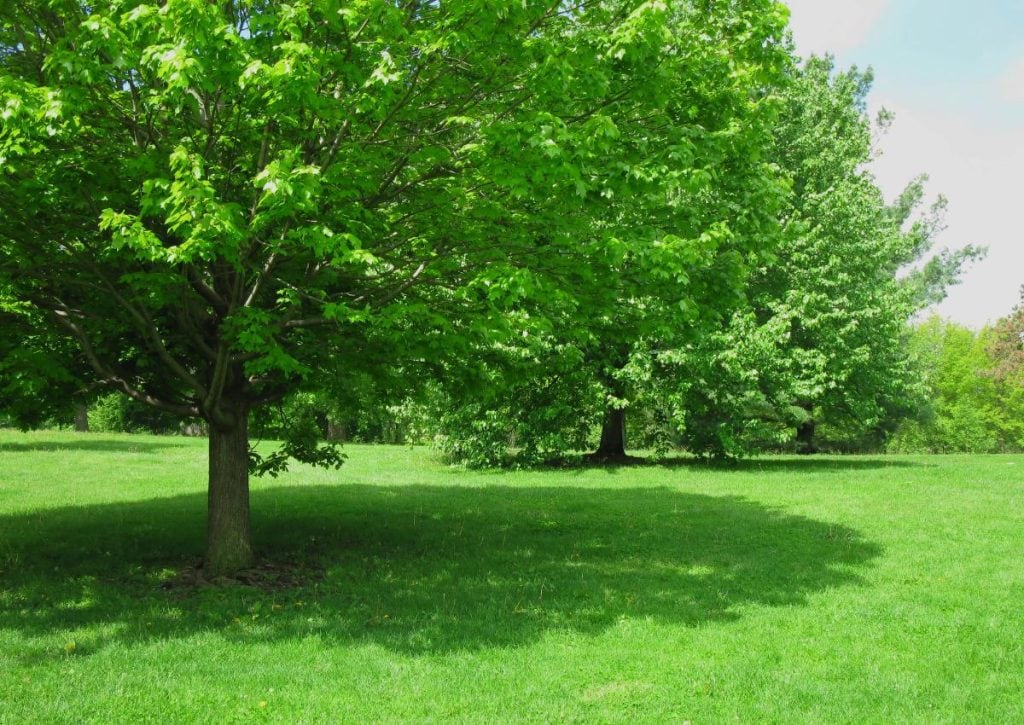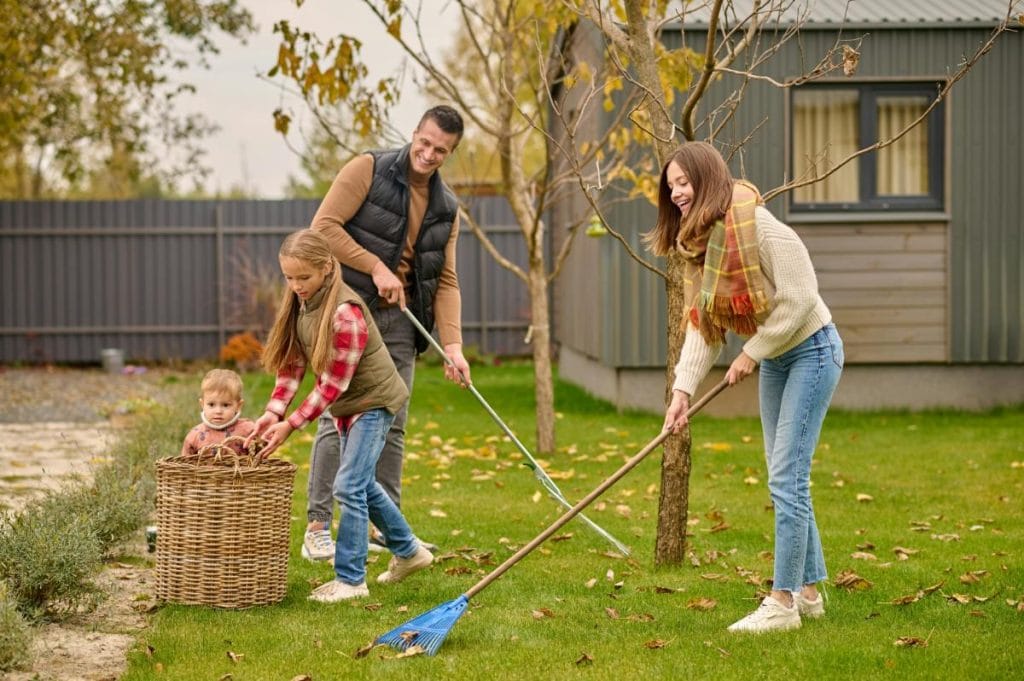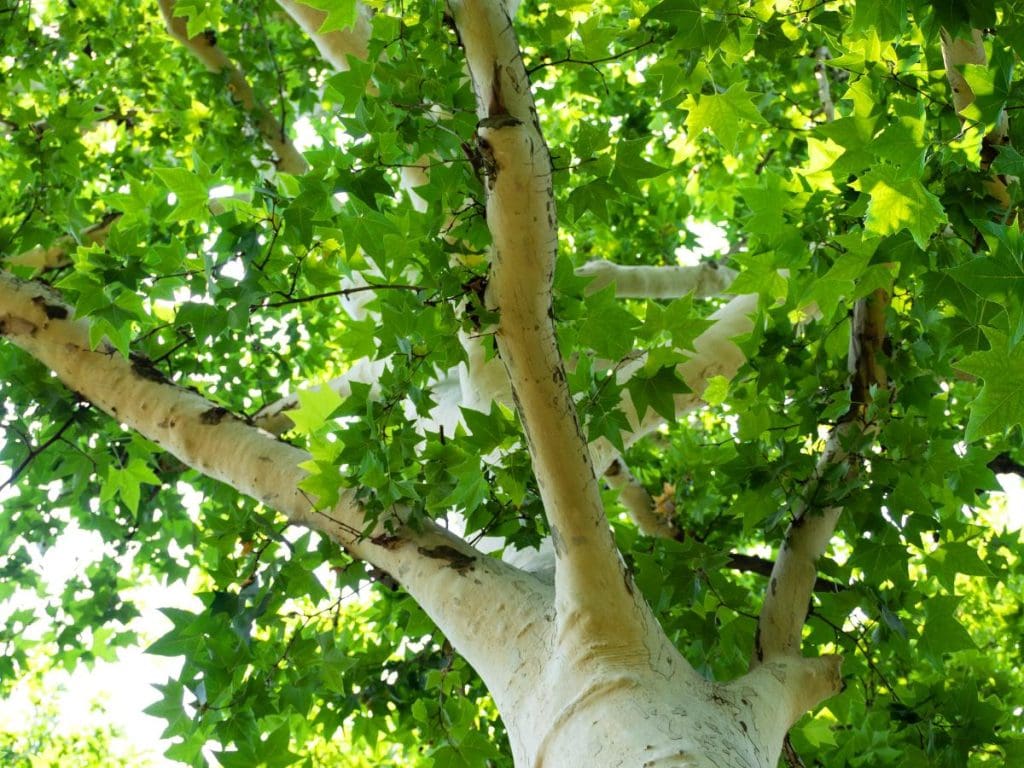
Dreaming of a cool, shaded retreat in your own yard? Summer will no longer be a dreadful season when you add the right trees. Shade trees not only provide relief from the hot sun but also enhance your home’s aesthetic appeal, increase property value, and support local wildlife. Do you want to transform your outdoor space into a serene oasis? Then let’s explore the top eight trees that will bring shade and beauty to your yard.
The Importance of Shade Trees in Home Landscaping
Before we make a countdown and explore the eight best trees to add shade to the yard, it’s essential to know why it’s beneficial.
Shade trees are crucial to any well-designed yard, providing more than just shelter from the sun. Strategically planted shade trees can significantly lower your home’s cooling costs by reducing heat absorption during the summer months. They also contribute to a more comfortable and enjoyable outdoor environment, perfect for family gatherings or quiet relaxation.
Additionally, shade trees support local wildlife by offering habitats and food sources for birds and other creatures. For homeowners in warmer climates like Florida, a strategic landscaping or shade tree introduction approach is vital. The arborists offering Tree Services Florida suggest consulting expert advice from professionals on selecting and maintaining the best shade trees to ensure they thrive in the local environment. These specialists have a vast range of specialties to keep your trees looking their best, ranging from diagnosing any issues they may have to presenting a plan of action to fix them. Tree health is vital, and you need tree care specialists who can keep your yard trees thriving and green — adding beauty and value to your property.
1. Red Maple (Acer rubrum)
The Red Maple is a favorite among homeowners for its vibrant fall foliage and rapid growth rate. This tree can adapt to various soil types and conditions, making it versatile for different yards. Red Maples can reach heights of 40 to 60 feet, providing ample shade. They thrive in full sun to partial shade and are relatively low-maintenance once established.
Red Maples are also known for their stunning red or orange leaves in the fall, transforming your yard into a colorful wonderland. These trees can tolerate wet soil, making them ideal for areas prone to occasional flooding. However, they prefer well-drained soil for optimal growth.

2. Oak Tree (Quercus spp.)
Oak trees are renowned for their strength, durability, and majestic appearance. With a lifespan that can span centuries, they are an investment in the long-term beauty and functionality of your yard. They can grow up to 80 feet tall with a broad canopy that offers extensive shade.
There are various species of Oak trees, such as the White Oak, Red Oak, and Live Oak, each with unique characteristics. White Oaks provide brilliant fall colors, while Live Oaks are evergreen, maintaining foliage year-round. Oaks are relatively low-maintenance once established but require space to grow due to their size.
3. Sweetgum (Liquidambar styraciflua)
Sweetgum trees are known for their star-shaped leaves and striking fall colors that range from yellow to deep red. They grow quickly and can reach heights of 60 to 75 feet, providing ample shade for large yards. Sweetgums thrive in full sun to partial shade and tolerate various soil types, including clay and loam.
One of the standout features of Sweetgum trees is their unique spiky seed pods, which add visual interest to your yard. These trees are relatively low-maintenance, with minimal trimming or pruning required. However, be mindful of their root system, which can be invasive if not managed properly.
4. Japanese Zelkova (Zelkova serrata)
The Japanese Zelkova is a popular shade tree for its graceful, vase-shaped canopy and attractive bark. These trees can grow up to 50 to 80 feet tall and spread their branches wide, creating a broad, shady area. Zelkovas thrive in full sun and well-drained soil, making them suitable for various climates.
One of the key features of Japanese Zelkova is its resistance to Dutch Elm disease, a common issue for many other shade trees. This makes Zelkovas a reliable choice for long-term shade and beauty. Their leaves turn a beautiful shade of yellow to rusty red in the fall, adding seasonal interest to your yard.
5. Tulip Tree (Liriodendron tulipifera)
The Tulip Tree, also known as the Yellow Poplar, is a fast-growing shade tree with distinctive, tulip-shaped flowers that bloom in late spring. These trees can reach heights of 60 to 90 feet, providing extensive shade for large yards. Tulip Trees thrive in full sun and well-drained, slightly acidic soil.
One of the standout features of Tulip Trees is their vibrant green leaves that turn a golden yellow in the fall. Their flowers attract pollinators, such as bees and butterflies, enhancing the ecological value of your yard. Tulip Trees are relatively low-maintenance, with minimal pruning required.
6. American Sycamore (Platanus occidentalis)

The American Sycamore is a stately shade tree known for its massive size and distinctive, mottled bark. These trees can grow up to 70 to 100 feet tall, providing extensive shade for large properties. Sycamores thrive in full sun and well-drained soil but can also tolerate wet conditions.
One of the standout features of American Sycamores is their peeling bark, which reveals patches of white, gray, and brown, adding visual interest to your yard. These trees are relatively low-maintenance, with minimal pruning required. However, be mindful of their large root system, which can be invasive if not managed properly.
7. London Plane Tree (Platanus × acerifolia)
The London Plane Tree is a hybrid between the American Sycamore and the Oriental Plane Tree, combining the best features of both species. These trees can grow up to 70 to 100 feet tall, providing extensive shade for large properties. London Plane Trees thrive in full sun and well-drained soil but can also tolerate urban conditions, including pollution and compacted soil.
One of the standout features of London Plane Trees is their mottled bark, which peels to reveal patches of white, gray, and green, adding visual interest to your landscaping. These trees are relatively low-maintenance, with minimal pruning required. They are also resistant to pests and diseases, making them a reliable choice for long-term shade and beauty.
8. Ginkgo (Ginkgo biloba)
The Ginkgo, also known as the Maidenhair Tree, is a unique shade tree with fan-shaped leaves and a distinctive, pyramidal shape. These trees can grow up to 50 to 80 feet tall, providing ample shade for medium to large yards. Ginkgos thrive in full sun and well-drained soil, making them suitable for various climates.
One of the standout features of Ginkgo trees is their stunning golden-yellow fall foliage, which adds seasonal interest to your yard. These trees also are low-maintenance, requiring pruning. Ginkgos are also resistant to pests and diseases, making them a reliable choice for long-term shade and beauty.

Shade trees are an invaluable addition to any yard, offering numerous benefits, from reduced energy costs to enhanced aesthetic appeal. By carefully selecting the right trees for your space and providing proper care, you can create a beautiful, shaded retreat that will be enjoyed for years to come.
Don’t wait to transform your yard—start planting shade trees today and experience the difference they can make. Share your own stories and photos of how shade trees have improved your outdoor space, and seek professional advice if needed to ensure you choose the best trees for your specific needs. Happy planting!
